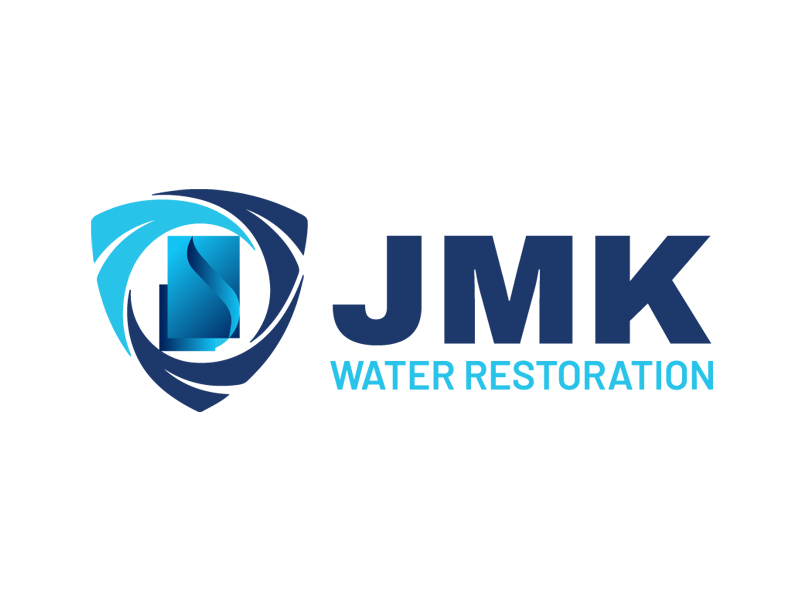Is Your Building Making You Sick? Common Symptoms of Sick Building Syndrome

Are you feeling tired, congested, or irritable at work or home? If so, your building could be making you sick.
Sick building syndrome is a term used to describe a condition where occupants of a building experience a range of symptoms due to poor indoor air quality. In this blog post, we’ll explore the common symptoms of sick building syndrome, the causes of this condition, and what you can do to prevent it.
If you suspect you’re dealing with sick building syndrome, contact JMK Restoration today. Call now to schedule your consultation.
Common Symptoms of Sick Building Syndrome
Sick building syndrome is characterized by a range of symptoms that can affect your physical and mental well-being.
Here are some of the most common symptoms to look out for:
- Fatigue and headaches
- Irritation of the eyes, nose, and throat
- Respiratory issues, such as coughing or shortness of breath
- Skin irritation, including rashes or itching
- Cognitive impairment, such as difficulty concentrating or remembering things
These symptoms can vary in severity and may worsen over time if the underlying causes of sick building syndrome are not addressed. If you’re experiencing any of these symptoms, it’s important to take them seriously and seek professional advice.
Causes of Sick Building Syndrome
Sick building syndrome is typically caused by poor indoor air quality, which can be influenced by various factors.
Here are some of the most common causes of sick building syndrome:
- Poor ventilation: Poorly ventilated buildings can trap pollutants and allergens indoors, leading to poor air quality and health problems.
- Chemical contaminants: Volatile organic compounds (VOCs), mold, and other chemical contaminants can be released into the air by building materials, furnishings, and cleaning products, leading to health problems.
- Biological contaminants: Bacteria, viruses, pollen, and other biological contaminants can accumulate in poorly maintained air conditioning and ventilation systems, leading to various health problems.
- Temperature and humidity: Buildings that are too hot or too cold, or have high humidity levels, can create an environment that is conducive to the growth of mold and other biological contaminants, leading to health problems.
It’s important to identify the specific causes of sick building syndrome in your building to address them effectively. A professional assessment of your indoor air quality can help identify the underlying causes and provide recommendations for remediation.
Prevention of Sick Building Syndrome
Preventing sick building syndrome starts with maintaining good indoor air quality.
Here are some tips to help prevent sick building syndrome:
- Ensure proper ventilation: Make sure your building has adequate ventilation to prevent the accumulation of indoor pollutants. Use ventilation systems and air purifiers to keep the air clean.
- Use low-emission materials: Choose building materials, furnishings, and cleaning products that emit low levels of pollutants to reduce chemical contamination.
- Address water damage promptly: Any water damage in your building should be addressed quickly to prevent the growth of mold and other biological contaminants.
- Maintain optimal temperature and humidity: Keep your building at a comfortable temperature and humidity level to prevent the growth of mold and other biological contaminants.
By following these prevention tips, you can reduce the risk of sick building syndrome and ensure a healthy and safe indoor environment for everyone living inside.
JMK Restoration’s Approach to Addressing Sick Building Syndrome
At JMK Restoration, we understand the serious health concerns associated with sick building syndrome. That’s why we take a comprehensive approach to addressing this issue.
Our approach includes the following steps:
- Inspection: Our experienced technicians will conduct a thorough examination of your building to identify any potential sources of indoor air pollution.
- Testing: We will test the air quality in your building to identify any harmful pollutants, such as mold, bacteria, or volatile organic compounds (VOCs).
- Remediation: We will develop a remediation plan tailored to your building’s specific needs to effectively remove the pollutants identified during testing.
- Prevention: We will provide you with recommendations on how to prevent the recurrence of indoor air pollution in the future.
- Monitoring: We will continue to monitor your building’s air quality to ensure that the remediation plan is effective and that your indoor air quality remains healthy and safe.
At JMK Restoration, we are committed to providing our clients with the highest level of service to address sick building syndrome. Our experienced technicians use state-of-the-art equipment and techniques to ensure that your building is safe and healthy for everyone who enters it.
Contact Our Team Today
Sick building syndrome is a serious issue that can significantly impact the health and well-being of the people who inhabit a building. It’s important to take the symptoms seriously and address the underlying causes to ensure a safe and healthy indoor environment.
At JMK Restoration, we have the expertise and resources to help you address sick building syndrome and improve the air quality in your building. If you suspect that your building may be making you sick, don’t hesitate to contact us today for a comprehensive inspection and remediation plan.
Remember, your health and well-being are our top priority.
